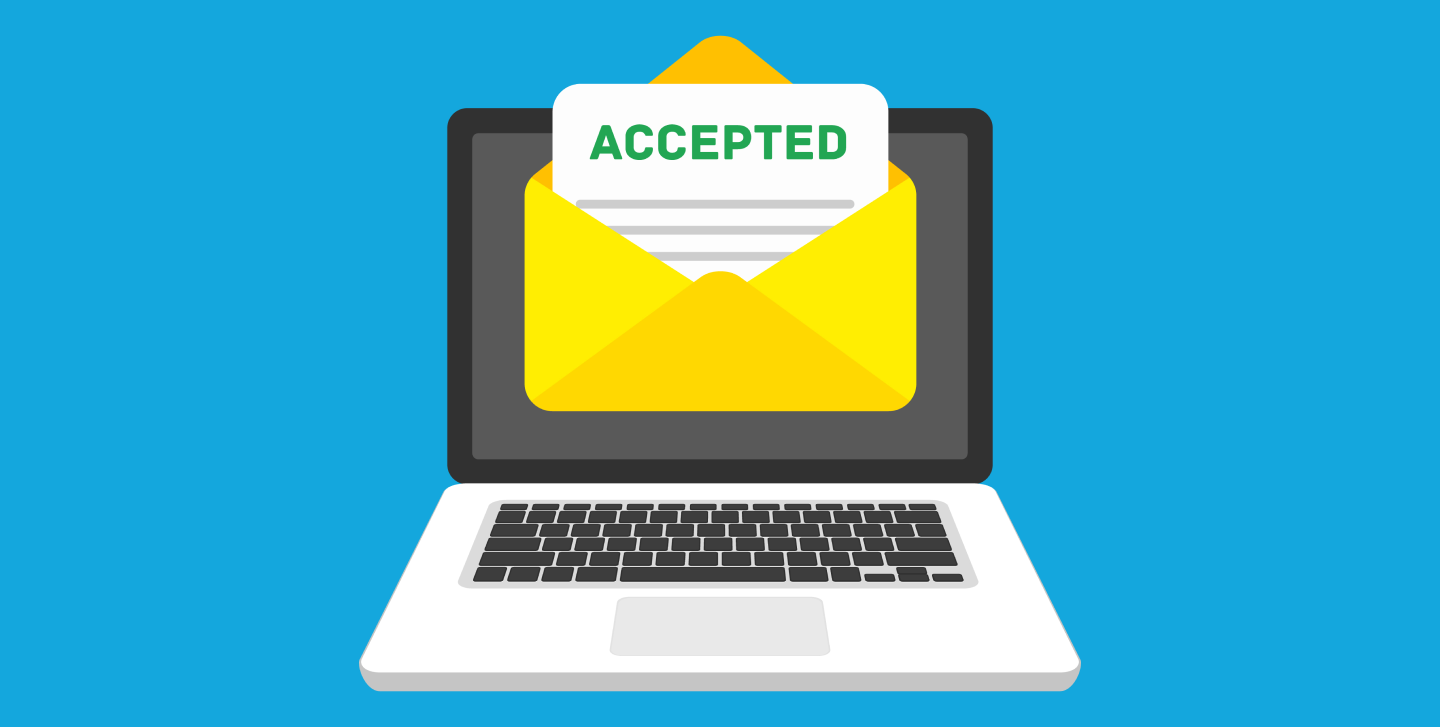Maintaining a strong email sender reputation is vital in email marketing. Neglecting it can lead to emails going to spam, fewer conversions, and lost profits.
You put in a lot of work crafting the perfect email, optimizing subject lines, and targeting your audience. What if all that effort goes to waste because your emails are marked as unwanted by Internet Service Providers (ISPs)?
It’s a situation that can be incredibly frustrating for any email marketer. Fortunately, there is a straightforward solution to this common problem.
Email Sender Reputation: The Key to Success
Even if you’re not keeping a close eye on it, ISPs are always evaluating your performance. If you’re not actively improving it, your email sender reputation is likely decreasing. This score is what ISPs use to separate trustworthy senders from unreliable ones.
Your email sender reputation is not a fixed number but an ever-changing assessment. Neglecting it is like neglecting your email marketing success.
It’s affected by factors like recipient engagement, email frequency, spam complaints, and unsubscribes. ISPs use this information to decide if your emails are valuable or spam. So, managing your sender reputation is crucial for successful email marketing.
It’s the difference between reaching subscribers’ inboxes and landing in the spam folder.
Imagine this scenario: You’ve been working hard on your email marketing campaigns, creating great content, and growing your subscriber list. However, you notice a troubling trend – your emails are no longer reaching subscribers’ inboxes. ISPs have labeled you as a spammy sender, pushing your messages into the spam folder. Your email marketing efforts are taking a hit.
Before we get to the solution, let’s understand why your emails end up in spam. Your sender reputation is based on:
- How often people open your emails.
- Whether you send emails to spam traps.
- How often people click on links in your emails.
- Whether your emails get opened and how frequently.
- If recipients forward your emails.
- If they move your emails from promotions or spam to the main inbox.
- Your email sending frequency.
- The ratio of unsubscribes to spam complaints.
In essence, your sender reputation reflects your email marketing practices.

How to Enhance Your Email Sender Reputation
Compensating for a bad email reputation can be expensive. If your email list is messy and your reputation is bad, you might have to spend more on getting new leads. In the worst case, you could even get banned from sending emails.
To help you focus on what matters, here are some key steps:
Verify Your Sender Identity
Make sure your SPF and DKIM settings are correct and establish your sender identity. This is the first step to building a strong sender reputation.
Think of your SPF and DKIM settings like a passport for your emails. Just as you wouldn’t travel without a valid passport, ensure your email settings are correctly configured. Imagine you’re sending important business proposals to clients, and they need to trust the source. Without proper sender identity verification, your emails might end up in their spam folders, potentially costing you a deal.
Prioritize Engagement
Concentrate on creating regular and meaningful interactions with your subscribers. The more engaged they are, the better your reputation.
Imagine you’re a restaurant owner sending out a newsletter. Regularly engage with your subscribers by sharing exciting new menu items, special discounts, and customer reviews. The more your subscribers interact with your emails, like making reservations or leaving reviews, the better your reputation. This translates into more diners at your restaurant.
Time and Frequency
Pay attention to when and how often you send emails. Send them when your audience is likely to read them, and don’t overload their inboxes.
If you own an online clothing store, consider when your customers are most active. Send emails when they’re likely to be shopping, like during sales or holidays. Don’t inundate their inboxes with too many emails, just as you wouldn’t want a store to call you every hour with promotions.
Be Relevant
Tailor your emails to your audience’s interests. Personalize, track user behavior and segment your emails to make sure your content resonates.
If you’re a music streaming service, use personalization to recommend songs based on a user’s listening history. If a user enjoys rock music, sending them emails about classical concerts won’t resonate. By tailoring content to their interests, you’ll keep them engaged and subscribed.
Encourage Positive Actions
Ask your subscribers to rescue your emails from spam, whitelist your address, and forward your emails to others. These actions can boost your sender reputation.
Picture you’re a travel agency. Ask your subscribers to whitelist your email address to ensure they receive exclusive travel deals. Encourage them to share your emails with friends who might be interested in a dream vacation. Positive actions like these can help build trust and increase bookings.
Consider a Dedicated IP
If you’re serious about your reputation, think about using a dedicated IP. It gives you more control over your sender reputation.
Suppose you run a small e-commerce business. If you’re serious about your reputation, investing in a dedicated IP is like having your own delivery service for your products. This extra control ensures your packages (emails) reach their destination (inbox) reliably and on time, which can boost your sales and customer satisfaction.
Remember, your email reputation is not a one-time setup.
It’s like a living thing that changes with your email practices. Just like relationships, it needs ongoing care and adjustments.
In the ever-changing world of email marketing, maintaining a good reputation is crucial, and the benefits are worth the effort.




